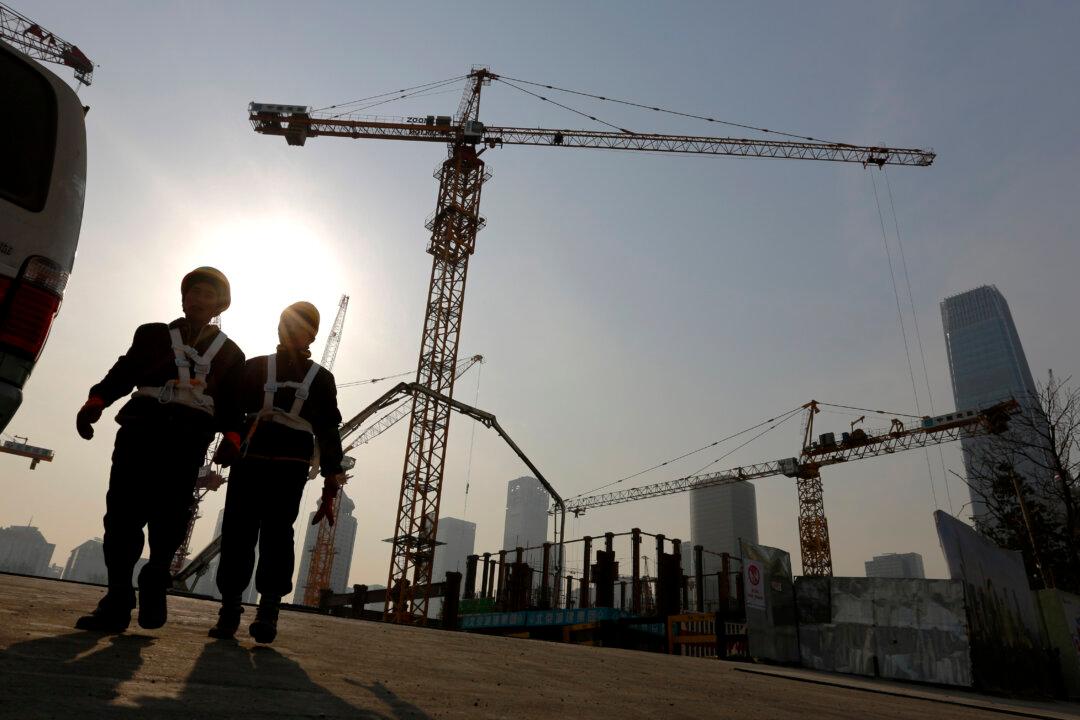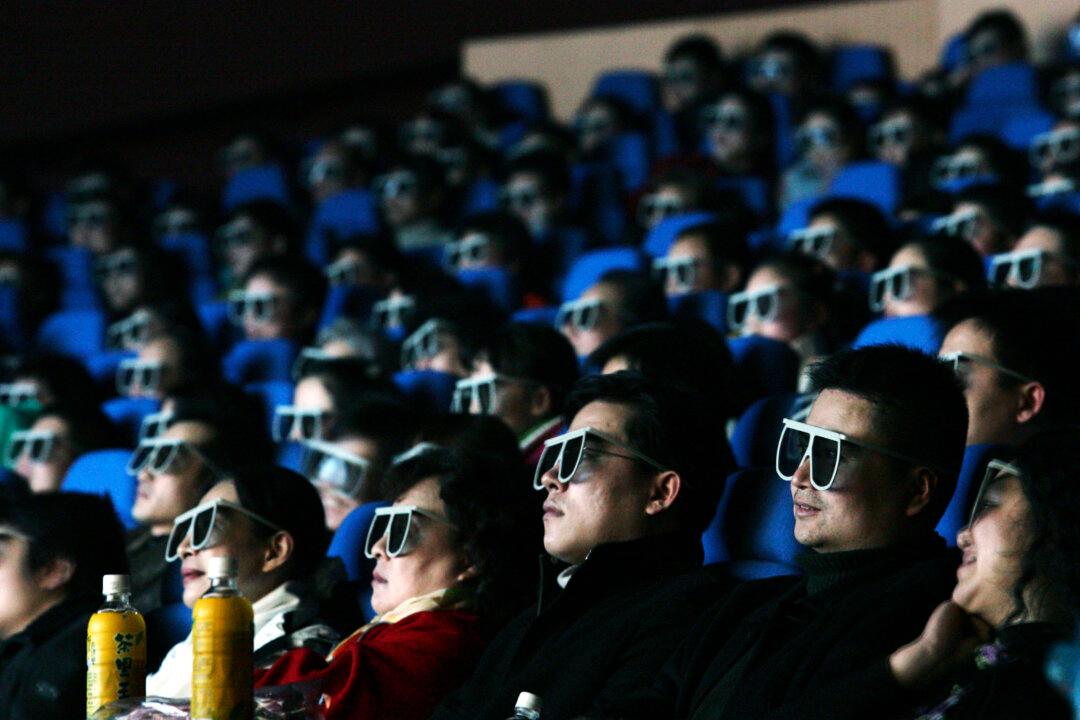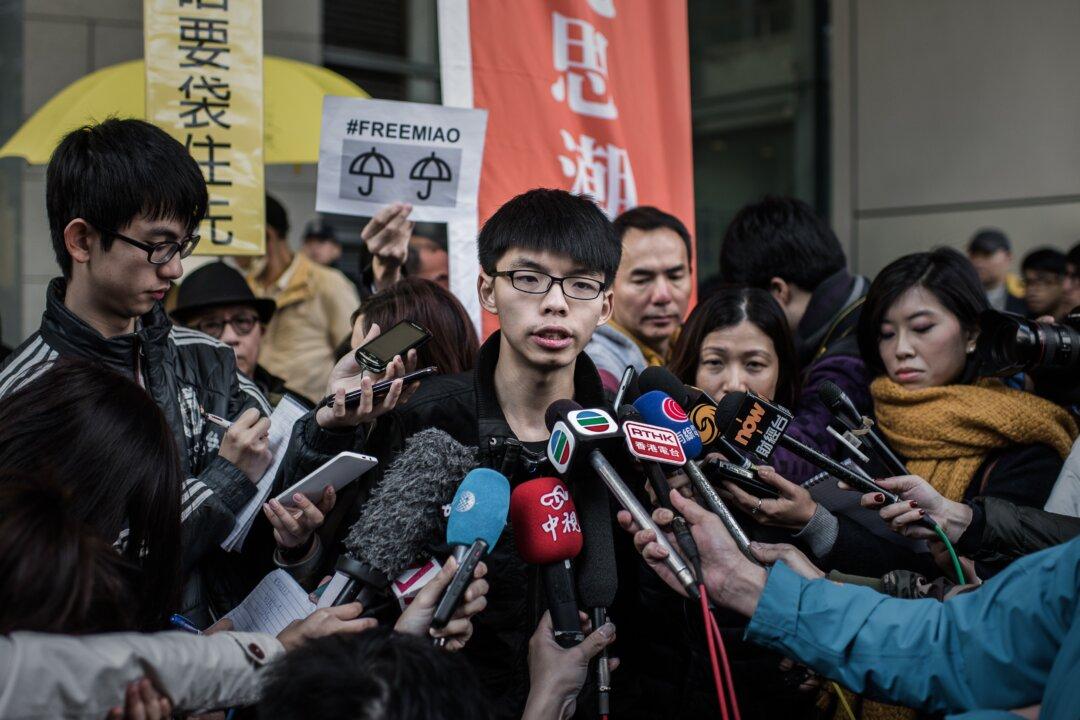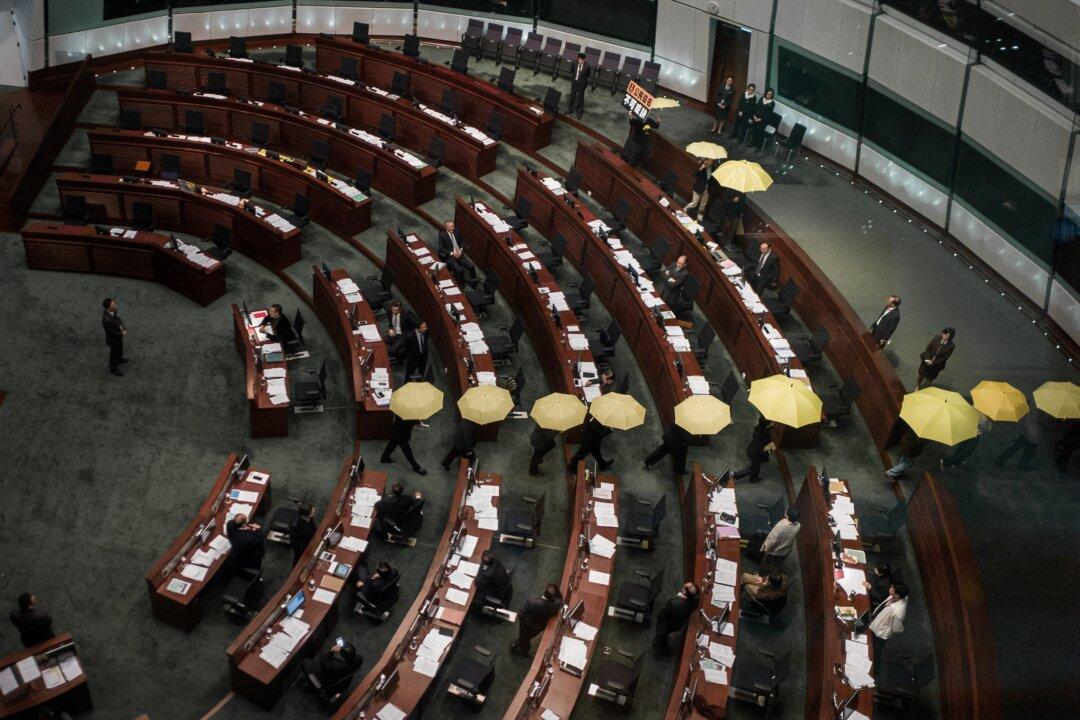HONG KONG—The global economy, slowed by stagnation in Europe and Japan, is being further hampered by China’s decelerating growth.
The Chinese economy grew 7.4 percent in 2014, its weakest performance in nearly a quarter-century. And its growth is forecast to slow even more over the next two years.
The figures released Tuesday remain, by just about any measure, impressive. China continues to grow at more than twice the pace of the overall world and about three times as fast as the U.S. economy. Yet its growth rate marks a sharp drop from China’s sizzling double-digit expansion in previous years.
And given its size, China has an outsize effect on the world. China’s share of the global economy climbed from 4.5 percent in 2000 to an estimated 11.3 percent last year, according to the World Bank.
“China is the second-largest economy in the world,” said Paul Sheard, chief global economist at Standard & Poor’s Ratings Services. “So when it slows, the rest of the world is impacted.”




